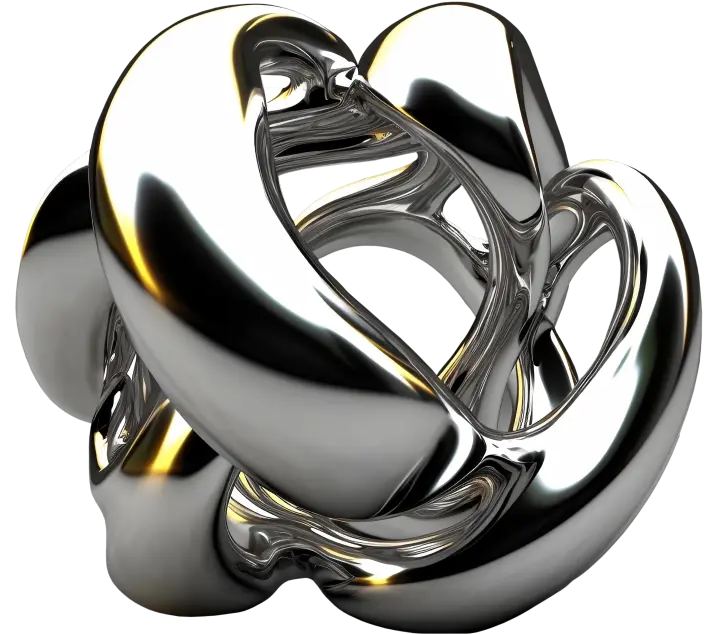Construction of power plants




-
about project
District heating plays an important role in providing heat to consumers in many countries around the world. Its most common form is combined (cogeneration) production of heat and electricity at thermal power plants (TPPs), which allows saving up to 40% of primary fuel. Unlike other energy systems (electricity, oil and gas systems), district heating systems are local markets operating in a limited area. It is expected that by 2026, the annual consumption of this type of energy in the world will exceed 14,000 PJ. The long-term development of district heating, along with the evolution of traditional technologies for the production, transmission and consumption of thermal energy, provides for the active use of alternative and renewable energy sources and an increase in the level of their energy, environmental and economic efficiency. In the future, such systems should be integrated into a single energy meta-system with the inclusion of thermal, electrical, gas, refrigeration and other infrastructure systems.
-
mission
Del Mar Energy Project Center specializes in the integrated design of thermal power plants and power grid facilities. Del Mar Energy specialists regularly visit partner countries to study the potential locations of heat generating plants locally. The main mission of the holding is the introduction of modern technologies and management systems in the operation of power plants for a preliminary full-fledged analysis.
-
strategy
Del Mar Energy has been carrying out work on the design and construction of thermal power plants since 2005. At the moment, we have built 95 power plants as a contractor. Extensive experience in this field, qualified personnel and constantly improving material equipment allow us to make the design of thermal power plants the leading direction of our activity.

Photogallery Construction of power plants
Investment analysis
The amount of electricity provided to meet changing demand is mainly regulated by the production of thermal energy. Thermal power plants use a wide range of fuels to generate electricity, based on the ability to produce it stably and economically, as well as environmentally friendly. These fuels include liquefied natural gas (LNG) and liquefied petroleum gas (LPG), which are clean, sulfur-free energy sources, along with petroleum fuels such as heavy oil, crude oil, and coal. Heavy and crude oil transported by the vessel is stored in specialized tanks, after which it is sprayed into boilers using pumps. One litre of heavy oil typically generates approximately 41,000 kJ (10,000 kcal) of heat. The gas turbine fuel contained in the compressed air inside the combustion chambers is burned to form a gas, and the resulting expansion power is used to rotate the gas turbines. The high-temperature exhaust gas remaining after driving the gas turbines is used to heat water and create steam. Boilers of this type are equipped with internal denitrators that reduce the content of nitrogen oxides in the exhaust gases. The steam energy from the waste heat boiler is used to rotate the steam turbines. Generators and transformers. Transformers rotate at a high speed of 3,000 rpm, which allows them to produce between 15,000 and 20,000 volts of electricity. The voltage of this electricity is then raised to 154,000 to 500,000 V using transformers inside the power plant before the electricity is transferred to the source. Thus, the entire infrastructure involved in the production and processing of energy is always profitable. There are no risks of investing in the construction of power plants, since this niche will always be in demand in all countries of the world.
Facts in numbers
-
$120000
Minimum amount
-
360.57%
ROI
-
$956707342
Total invested
Investment conditions
-
1.414%
Daily rate
-
255 days
Deposit term
-
Daily
Payment type
Calculate your profit
Set deposit amount
Daily profit
+ $31 200
Profit of period
+ $3 709 200








